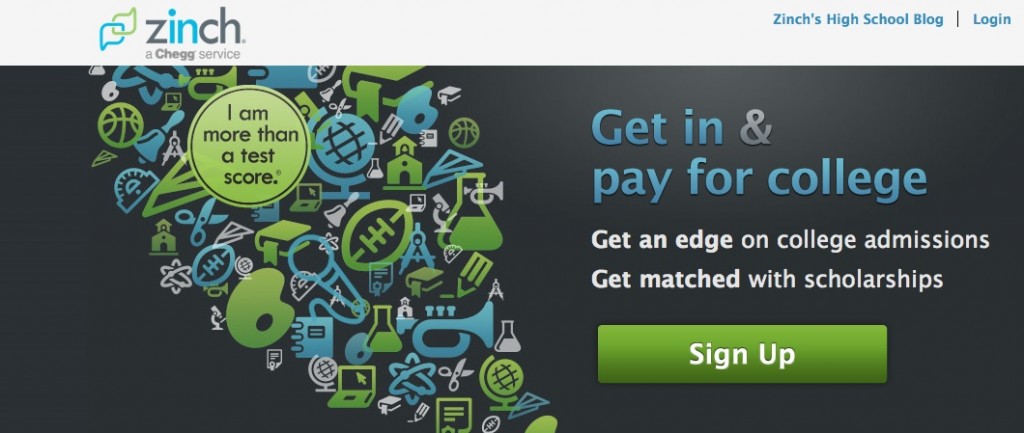Sign up for my FREE parent tips email and get my FREE Ebook on college financing!
EA (Early Action) and ED (Early Decision) have confused parents for years. Applying to college has become more competitive and more complicated. Years ago (long before my time), all you did was apply and everyone applied at the same time. But times have changed and so have college applications. If you break the terms down it’s easier to understand. I’ve turned to some experts to help you decipher the differences and understand the benefits and/or the downsides of applying EA or ED.
What is EA and ED?
The first comes from Patrick O’Connor, Associate Dean of College Counseling, Cranbrook-Kingswood School, and author of College is Yours 2.0:
Early Action: Also known as EA, colleges that offer this option promise a quick response if you submit a completed application by their early deadline. Students admitted EA don’t have to promise to attend the college; they just want to hear back sooner than usual. Students can apply as EA candidates to several colleges at the same time, as long as they are submitting a quality application that didn’t get thrown together at the last minute.
Restricted Early Action: Sometimes known as Early Action Single Choice, REA works much like Early Action, but the student is limited in the number of other colleges where they can submit early applications — and that number is often zero. Colleges do this for a number of reasons, but they most often want the student to show a special commitment to their college without having to promise to go there. This can reduce the number of students who apply early who aren’t really thinking about why the college is right for them , and still reward the students who feel a special bond to the school.
Early Decision: ED applications require a little more from students than EA applications. The process is the same — students submit a completed application by an early deadline — but if a student is admitted as an ED student, they promise to withdraw all other college applications at attend the college that admitted them ED. If this sounds like serious business, it is. Students should only apply ED to a college they absolutely, positively love, and cannot live without.
Read Patrick’s entire article on Huffington Post about how to determine if either of these is best for your student.
Tips for Potential ED/EA Applicants
Peter Van Buskirk, an acclaimed author and motivational speaker, excels at simplifying and demystifying what is often perceived as a complex and mysterious process—college admission. His creative programming, including his signature presentation of “The Admission Game®,” has informs parents and students about the ins and outs of the college admissions process.
Peter gives several tips for college applicants seeking EA/ED:
- Read the fine print for each institutional offering and understand your commitments before initiating an early application of any sort.
- Rather than looking for an “ED school,” focus on finding colleges that fit you well as you arrive at your short list of schools. If one of them becomes your absolute first choice, then ED should be a considered option.
- Do not apply ED unless you are dead certain of your commitment to enroll if accepted.
- Do not apply ED if you have not visited the campus first! Ideally, your visit will have included an overnight stay that enabled you to also attend classes and experience the campus culture.
- Resist the temptation to act on impulse. The feelings you have for a college now might change greatly over time leaving you committed to a place that is no longer where you want to be. Give yourself at least a month to reflect on your intended application before applying ED.
- Remember the ED Round II option. Many schools will give you the opportunity to “convert” your Regular Decision application during a second round of ED in January. The conditions are the same as with ED Round I, but you might be better prepared to make a commitment later in the year.
- Resolve all $$ questions and concerns before applying ED. Once you are admitted, there can be no contingencies. Ask the school’s financial aid office to provide an “early estimate” of your expected family contribution (EFC) before you submit your ED application. Apply ED only if you are completely satisfied with the information you receive regarding your EFC.
- Sprint to the finish! Even though you might hold an EA or ED acceptance letter, it is likely to be conditional on your completion of the senior at the same level of achievement that earned you the offer of admission. More than a few colleges are known to rescind offers of admission when final transcripts show performances that drop measurably after offers of admission are secured.
Read Peter’s entire article, Making Sense of ED/EA Options. for a look at the numbers, options and who benefits.
What is “rolling admissions”?
Schools with rolling admissions offer important options and opportunities that static deadlines don’t. Rolling admissions schools will accept and examine applications as they are sent in, instead of waiting to judge all applications concurrently. Schools with rolling admissions can be great for late admissions, or for finding out early on whether or not you are accepted, so you can change your plan accordingly.
Peterson’s provides an article about the Advantages and Disadvantages of Rolling Admissions.
What is regular admissions?
A discussion of EA and ED needs to include a discussion on regular admissions as well. Regular admissions require that the student submit their application before the application deadline (which is later than EA and ED). The advantage of this being that students have more time to prepare and have no restrictions on the number of schools they can apply to.
This pool of applicants is much larger and the competition for these slots will be more competitive. Colleges typically have lower admission rates for regular admission applicants.
College 101 provides a comparison table, which includes EA, ED, Rolling Admissions, and Regular Decision, to help decide which application deadline is right for you.











 If you have a college-bound teen you’re well aware of the cost of college–it’s high. In a
If you have a college-bound teen you’re well aware of the cost of college–it’s high. In a 